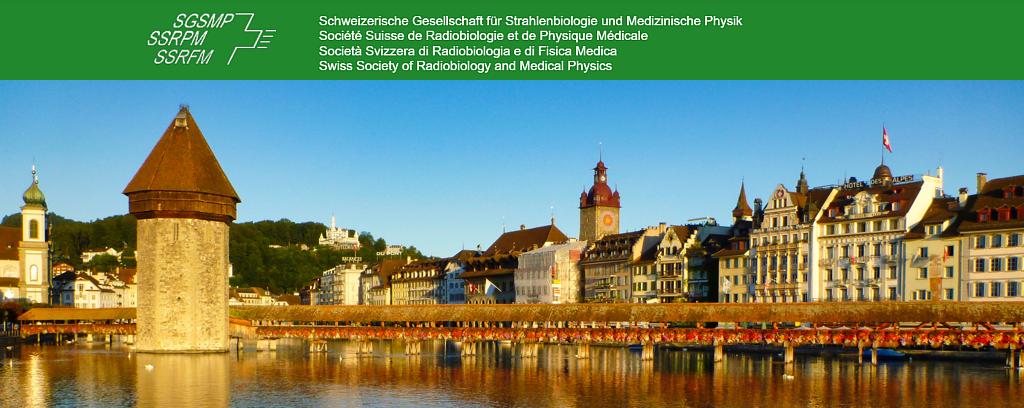Speaker
Description
Purpose: Literature about radiation dose values following surgical examinations realised under X-ray fluoroscopy guidance is currently limited. Based on the recommendations of the International Commission on Radiological Protection, this study aims to provide reference dose levels in orthopaedic surgery, urology and vascular surgery at the University Hospital of Geneva.
Methods: A total of 2272 procedures were collected within 1 year using our Dose Archiving and Communication System (DACS). Exposure was defined in terms of dose-area product, fluoroscopy time and entrance air kerma at the reference point. For most common surgical procedures, median effective dose to patient were calculated using the Monte Carlo software PCXMC.
Results: The most irradiating procedures for each speciality were intramedullary nailing of proximal femur in orthopaedic surgery, percutaneous nephrolithotomy in urology and endovascular aortic aneurysm repair in vascular surgery. For these 3 procedures, the associated median DAP values/effective doses reported in this study were 1.17 Gy.cm^2/0.08 mSv, 14.95 Gy.cm^2/1.37 mSv and 27.23 Gy.cm^2/5.66 mSv respectively. According to FOPH ordinance on radiation protection, these 3 specialities can be classified into low dose, medium dose and high dose respectively. All values reported in this study were below the threshold for the deterministic effects of radiation.
Conclusion: The present study reported patient’s exposure in common surgical procedures using fluoroscopy systems in the Geneva university hospital. Dose levels delivered to patients in vascular surgery and urology could be high and must become an object of concern for medical physicists. Patient’s exposure in orthopaedic surgery were low, but optimisation is still possible to reduce further the dose while maintaining the image quality and limit stochastic effects in agreement with ALARA principle.

